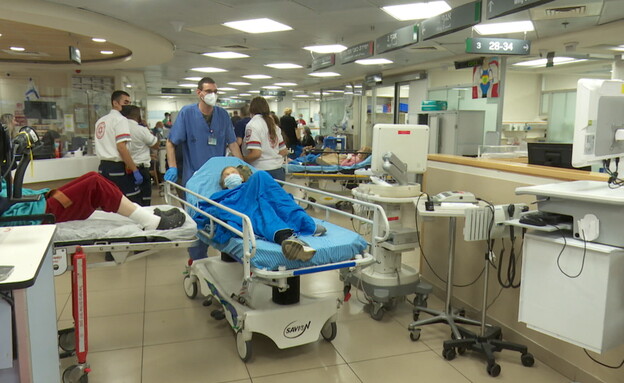
Pennsylvania Looks to Boost Economy and History Preservation with House Bill 2358
The Pennsylvania House of Representatives recently passed House Bill 2358, which aims to create jobs and boost the state’s economy. This legislation, sponsored by Rep. Jim Prokopiak, D-Bucks, focuses on increasing the Historic Preservation Tax Credit. It proposes raising the annual limit of the tax credit from $5 million to $20 million by the year 2025. The bill has now been forwarded to the state Senate for further consideration.
According to Prokopiak, Pennsylvania’s Historic Preservation Tax Credit Program plays a crucial role in preserving the state’s historical structures. He pointed out that this program also contributes to the economy by converting these structures into income-generating properties. By investing $1 million in an historic rehabilitation project, Pennsylvania generates 6.4 direct jobs and 5.6 indirect jobs, outperforming other industries in the state.
Prokopiak argued that the proposed increase in investment is necessary due to high demand for funding exceeding the current $5 million cap. He stated that there are many deserving projects not receiving benefits as only a limited amount of funds are available each year due to low cap on tax credit program compared with other states with similar programs.
During the 2022-23 fiscal year, Pennsylvania received requests for $12.7 million in tax credits for 31 historic rehabilitation projects but only 22 projects were awarded credits due to the current cap limitations.
Prokopiak believes that raising the cap will allow more projects to benefit from the tax credit and lead to preservation of Pennsylvania’s architecture and history while creating jobs and driving economic growth.
The bill highlights that among 37 states with a similar tax credit program, Pennsylvania has one of lowest caps at fourth position.

